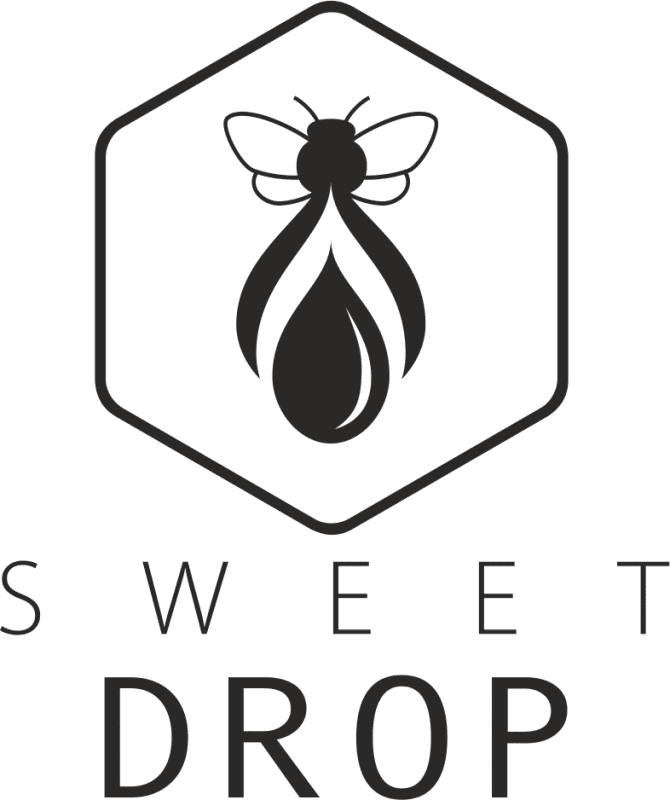Pollinators are animals that transfer pollen from male to female structures of flowers, enabling fertilisation and reproduction of plants. In Europe, pollinators are primarily insects, such as bees (including bumble bees, honey bees and solitary species of bees), wasps, hoverflies, butterflies, moths, beetles and other fly species. Most insect pollinators are wild species, but some are reared for their economic value.
Pollinators are essential for nature and for mankind. In the EU, nearly four-fifths of temperate wildflowers and crops depend to various extents on insect pollination. An EU financed project estimated the yearly contribution of insect pollinators to European agriculture at around €15 billion. Pollinators increase the quantity and quality of food, and ultimately secure our food supply.
In recent decades, wild pollinators in the EU have declined in abundance and diversity. In 2016, the global assessment of the status of pollinators concluded that wild pollinators are decreasing under the increasing threat from human activity, including climate change. A 2019 worldwide assessment report on insects confirmed a negative trend in the number of insects in general, with over 40 % of insect species threatened with extinction. The most affected insect species are butterflies, moths, bees and beetles.
In 2020, the World Economic Forum placed loss of biodiversity among the top five long-term global risks. It saw a decline of pollinators leading to a shift in crop cultivation from nutrient-rich food crops (fruits, vegetables and nuts – all of which require pollinators) to energy-dense, nutrient-poor staple crops (for example rice, corn, wheat, soybean and potatoes). A loss of habitat from conversion to intensive agriculture, and the use of pesticides and fertilisers are among the main causes of decline.





